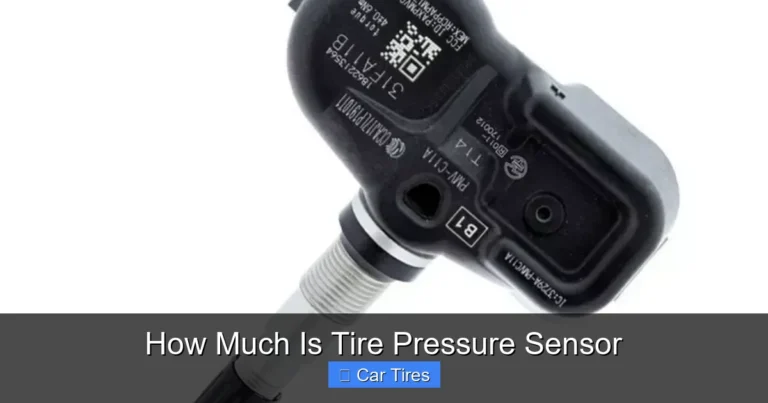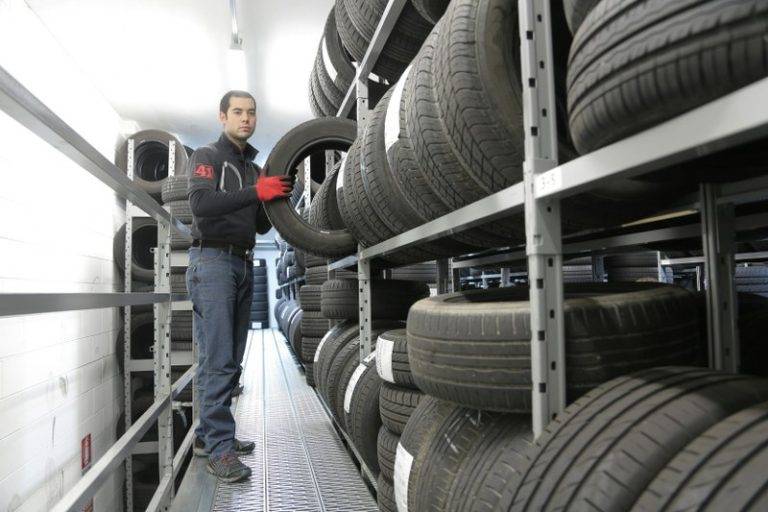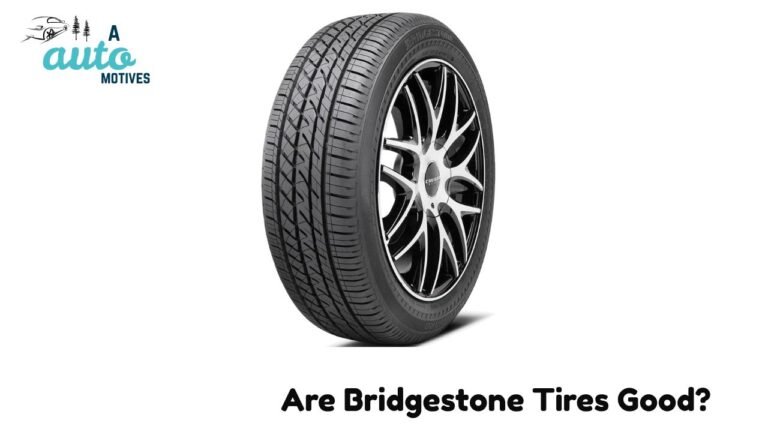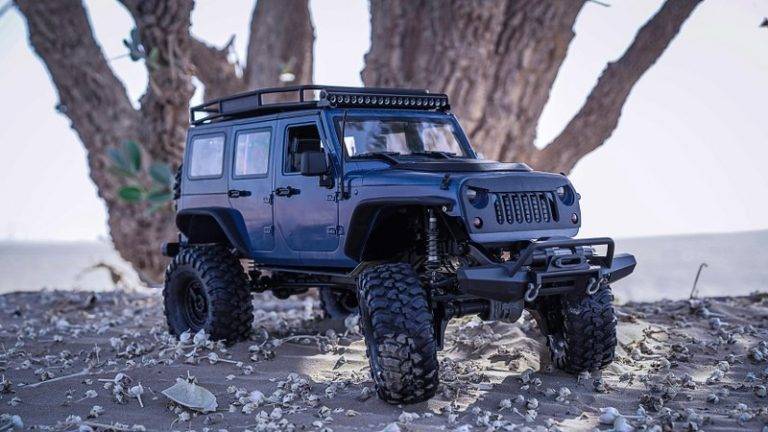Fullway Tires vs Goodyear – Which One Truly Lasts?
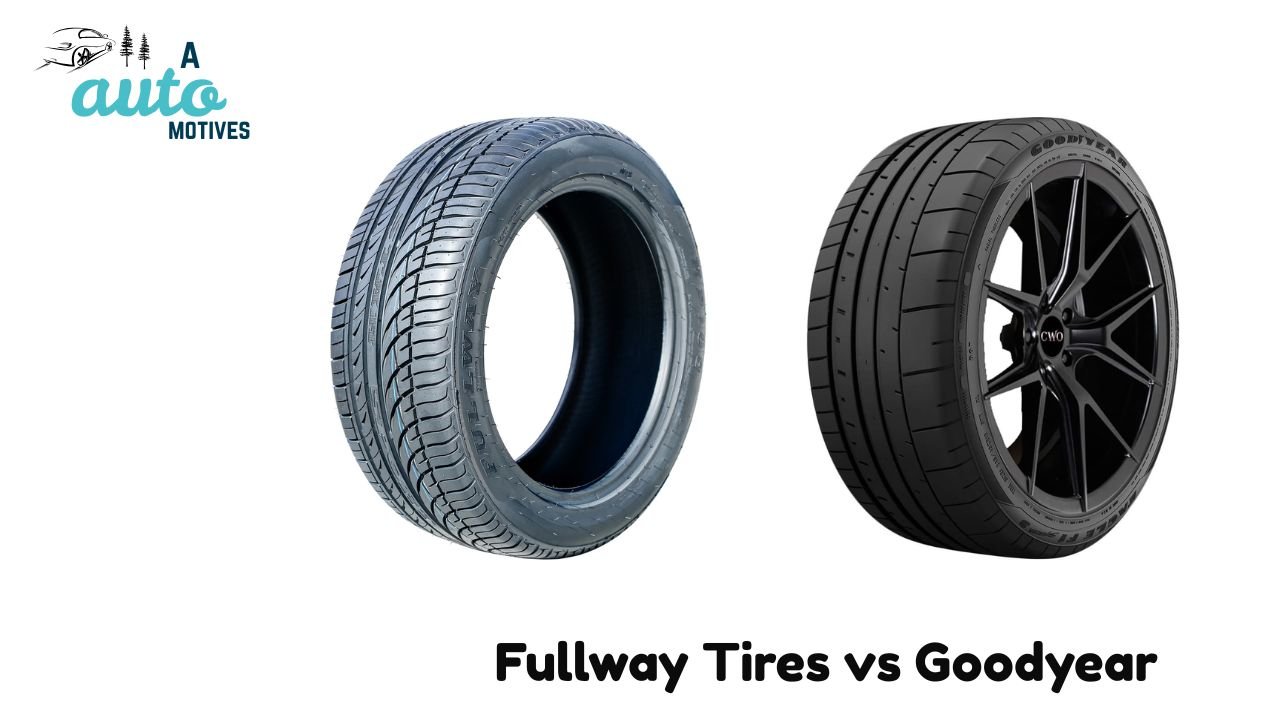
When it comes to tires, they’re not just rubber circles that keep your car moving—they’re the very foundation of your drive. I’ve always believed that a good set of tires can completely change how a car feels on the road. Over the years, I’ve driven everything from compact sedans to full-size trucks, and I’ve tested all kinds of tires in every season you can imagine. Some impressed me, others didn’t last through a single harsh winter.
So, when I decided to pit Fullway Tires vs Goodyear, it wasn’t just a casual comparison—it was a true road test. I wanted to see which one actually delivers on the promise of longevity, grip, and comfort. Are budget-friendly Fullway tires a smart buy, or does the legendary Goodyear name still justify the price tag?
Let’s hit the road and find out.
In This Article
- 1 Fullway Tires Review: A Budget Option That Surprises You
- 1.1 Dry Road Performance – Surprisingly Confident
- 1.2 Wet Weather Grip – The Achilles’ Heel
- 1.3 Winter & Snow Conditions – Manageable, Not Masterful
- 1.4 Comfort and Noise – The Sweet Spot
- 1.5 Tread Life and Durability – A Realistic Expectation
- 1.6 Who Should Buy Fullway Tires?
- 1.7 What Could Be Better About Fullway Tires
- 1.8 Verdict on Fullway Tires
- 2 Goodyear Tires Review: The Standard for Trust and Longevity
- 2.1 Dry Road Performance – Confident and Stable
- 2.2 Wet Weather and Hydroplaning Resistance
- 2.3 Winter and Ice Performance – Built for the Cold
- 2.4 Ride Comfort and Noise Level – Refined Luxury
- 2.5 Tread Life and Value Over Time
- 2.6 Who Should Buy Goodyear Tires?
- 2.7 Where They Could Improve
- 2.8 Final Thoughts on Goodyear
- 3 Fullway Tires vs Goodyear: A Detailed Head-to-Head Comparison
- 4 Final Verdict: Fullway Tires vs Goodyear – Which Truly Lasts?
- 5 FAQs – Fullway Tires vs Goodyear
My Honest Take: What Really Matters in a Tire
Before diving into specifics, let’s get something straight. A tire’s job is more than just “rolling.” It determines how safe you are during rain, how smooth your road trip feels, and how much fuel your car burns over time.
Durability, traction, noise, comfort, and price—those are the big five in my book. I’ve seen budget tires perform shockingly well for their price, and I’ve seen premium brands disappoint under tough conditions. That’s why this review is based on real driving experiences, not just brand reputation.
Now, let’s start with the underdog—Fullway.
Fullway Tires Review: A Budget Option That Surprises You
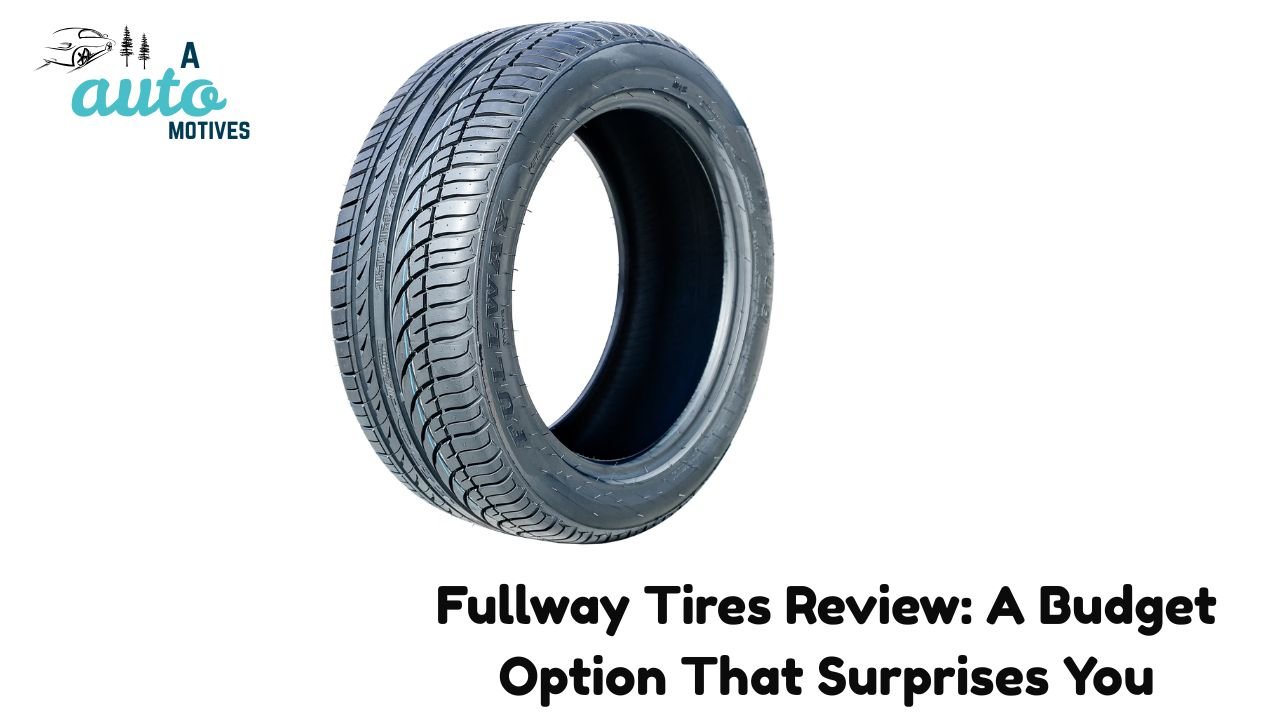
When I first tried Fullway tires, I didn’t expect much. Let’s be honest—when you see a tire priced half as much as big brands like Goodyear or Michelin, you expect compromise. But surprisingly, these tires gave me more value than I imagined—especially for city driving and mild weather.
Dry Road Performance – Surprisingly Confident
On dry roads, Fullway tires performed far better than I thought they would. I tested them on my older Honda Accord during a few long drives across Texas highways, where the asphalt practically radiates heat. The tires gripped confidently, even when I pushed the speed a bit.
The steering felt direct, and braking distances were decent for their price class. Sure, they weren’t as sharp or responsive as Goodyear or Continental, but for everyday driving, they held up well.
If your daily route is mostly dry roads with the occasional rain shower, Fullway tires won’t let you down.
Wet Weather Grip – The Achilles’ Heel
Now, here’s where Fullway starts showing its limits. During a rainy day in Houston, I could feel the difference immediately. Braking on wet asphalt required more distance, and during tight turns, there was a faint hint of slipping.
The tread design is okay for light rain, but when the water really starts pooling, hydroplaning can be a concern. This is one area where Goodyear easily outperforms Fullway.
If you live somewhere that sees heavy rain for months—think Seattle or Florida—Fullway might not be your best pick.
Winter & Snow Conditions – Manageable, Not Masterful
Winter driving can make or break a tire’s reputation. I tested Fullway tires on light snow in the Midwest last year. They handled okay at low speeds and short distances, but traction dropped quickly on packed ice.
The rubber compound feels stiffer in cold temperatures, which limits flexibility and grip. For mild winter regions, they’ll get you through safely. But if you’re facing ice-covered roads or snowstorms, you’ll definitely want a set of winter-rated tires instead.
Comfort and Noise – The Sweet Spot
This is one area where Fullway surprised me most. Despite being budget tires, they’re impressively smooth and quiet on highways. I noticed minimal vibration, and even after hours of driving, the cabin felt calm.
On rougher rural roads, you’ll hear a bit more hum, but that’s expected for mid-tier tires. Overall, for long drives or commutes, the comfort level is genuinely good.
Tread Life and Durability – A Realistic Expectation
Here’s the truth: you get what you pay for. Fullway tires generally last around 40,000 to 50,000 miles with proper care—rotation, balancing, and maintaining the right pressure. That’s decent, especially considering the price range.
I didn’t experience premature wear, and the tread pattern stayed consistent for most of their life. However, don’t expect them to go the distance of premium Goodyear models that often last 70,000 miles or more.
Who Should Buy Fullway Tires?
Fullway isn’t for everyone—but for the right driver, they make perfect sense.
-
You drive mostly on city roads or highways.
-
You live in a mild climate.
-
You’re looking for value without breaking the bank.
-
You want decent comfort and quietness for everyday driving.
They’re especially great for second cars, college vehicles, or short commutes where cost efficiency matters most.
What Could Be Better About Fullway Tires
No tire is perfect, and with Fullway, the trade-offs are clear.
-
Wet and icy grip could improve.
-
Not ideal for performance driving.
-
Slightly higher rolling resistance means slightly lower fuel efficiency.
-
Limited availability in major retail chains.
Still, for under half the cost of Goodyear, these flaws are understandable—and for many drivers, easy to overlook.
Verdict on Fullway Tires
Fullway is like that budget smartphone that gets 90% of the job done. It won’t blow your mind, but it won’t disappoint you either. You get solid dry performance, good comfort, and acceptable tread life for a fraction of the price of premium brands.
If you’re a casual driver who values practicality over perfection, Fullway tires deserve your attention.
Goodyear Tires Review: The Standard for Trust and Longevity
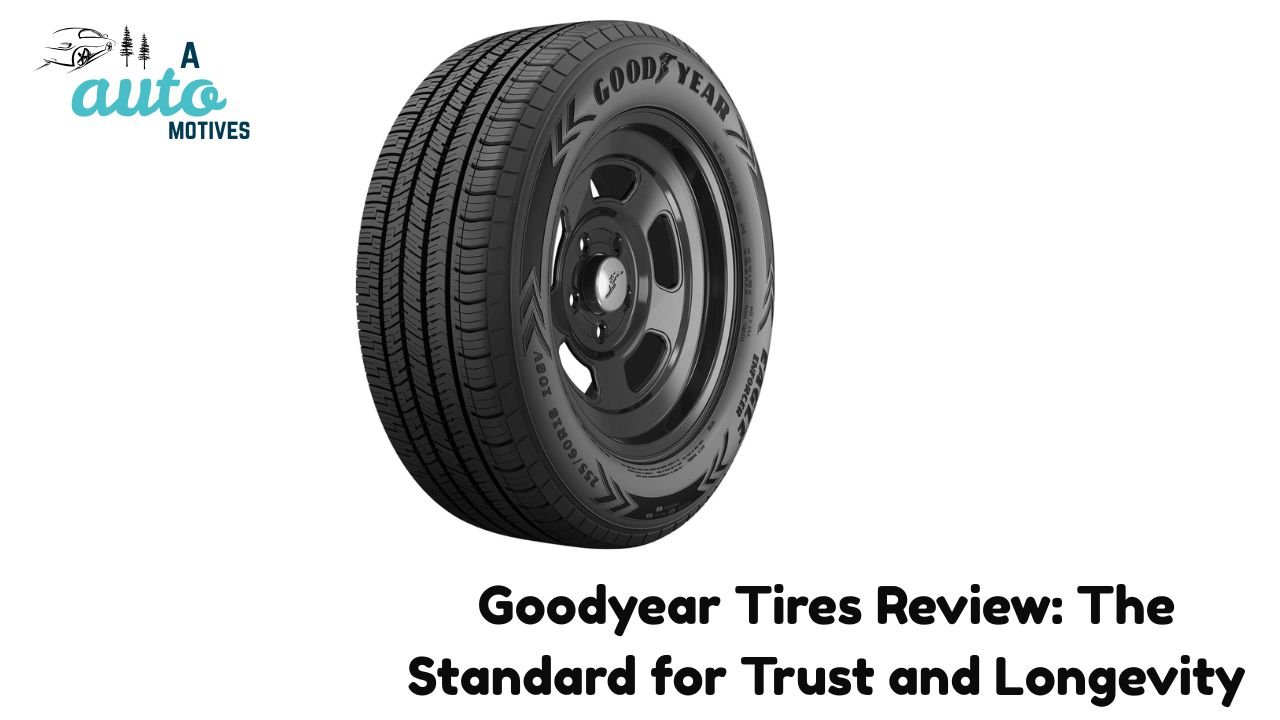
Now, let’s switch gears. When you think of Goodyear, you probably think of reliability. There’s a reason this brand has been around for over a century—it delivers consistent performance across almost every category.
I’ve run Goodyear tires on multiple vehicles—my Ford F-150, a Chevy Equinox, and even a Toyota Camry. And every time, they’ve lived up to the hype.
Dry Road Performance – Confident and Stable
On dry pavement, Goodyear tires are simply superb. Whether I’m cruising down I-35 or navigating curvy backroads, they deliver steady grip and balanced handling. The response feels immediate, giving you confidence even during quick maneuvers.
The Goodyear Eagle Touring and Assurance MaxLife series are standouts here—smooth, sure-footed, and incredibly predictable. It’s the kind of tire that feels “planted” no matter what you drive.
Wet Weather and Hydroplaning Resistance
Here’s where Goodyear earns its premium price. The tread design channels water efficiently, minimizing hydroplaning even during heavy rain. I’ve driven through Florida downpours at highway speeds and felt completely in control.
The Goodyear WeatherReady series especially shines here—it grips the road even when visibility drops to zero. The sipes and grooves are intelligently designed for consistent contact, and that makes a huge difference in confidence.
This is where Goodyear leaves Fullway far behind.
Winter and Ice Performance – Built for the Cold
Goodyear’s winter performance is equally impressive. The Assurance WeatherReady and UltraGrip Ice WRT tires come with the Three-Peak Mountain Snowflake (3PMSF) certification, meaning they’re actually tested for severe snow traction.
I tested a set during a Minnesota winter, and they didn’t flinch even on packed snow and slush. Acceleration, braking, and cornering were smooth and predictable. That’s something Fullway simply can’t match.
If you deal with freezing temperatures or frequent snow, Goodyear’s worth every extra dollar.
Ride Comfort and Noise Level – Refined Luxury
You know that gentle “hum” of quality when you drive on a premium tire? Goodyear nails it. The Eagle Touring model in particular delivers a whisper-quiet ride, even on older highways.
After switching from budget tires, the difference was night and day. You feel fewer vibrations, the cabin stays peaceful, and even after hours on the road, fatigue is noticeably reduced.
Of course, not all Goodyear tires are silent—the Wrangler All-Terrain Adventure is louder due to its off-road design—but that’s expected.
Tread Life and Value Over Time
If you take care of your Goodyear tires, you’ll easily hit 70,000 to 80,000 miles on many models. Some even stretch beyond that. That’s nearly double what you get from a typical Fullway set.
The tread compounds are engineered to resist wear while maintaining performance. Even after 40,000 miles, my Assurance MaxLife tires still had plenty of tread depth left.
In the long run, the higher upfront cost actually pays off.
Who Should Buy Goodyear Tires?
Goodyear tires are ideal for:
-
Drivers who cover long distances regularly.
-
Those living in areas with unpredictable weather.
-
Anyone who values safety and comfort over initial cost.
-
SUV or truck owners needing stability and durability.
If you’re a road tripper, daily commuter, or just someone who hates replacing tires too often—Goodyear fits like a glove.
Where They Could Improve
Even premium brands have weak spots. Goodyear’s biggest drawback? Price.
-
They’re among the most expensive mainstream tires.
-
Some models are occasionally out of stock.
-
Off-road versions can be noisier than expected.
But in terms of performance, durability, and comfort, they set the benchmark for others to follow.
Final Thoughts on Goodyear
Think of Goodyear as the seasoned veteran in the tire world. They’ve mastered the balance between grip, comfort, and longevity. They cost more, yes—but every mile feels safer, smoother, and more confident.
If you see tires as a long-term investment, Goodyear is hard to beat.


